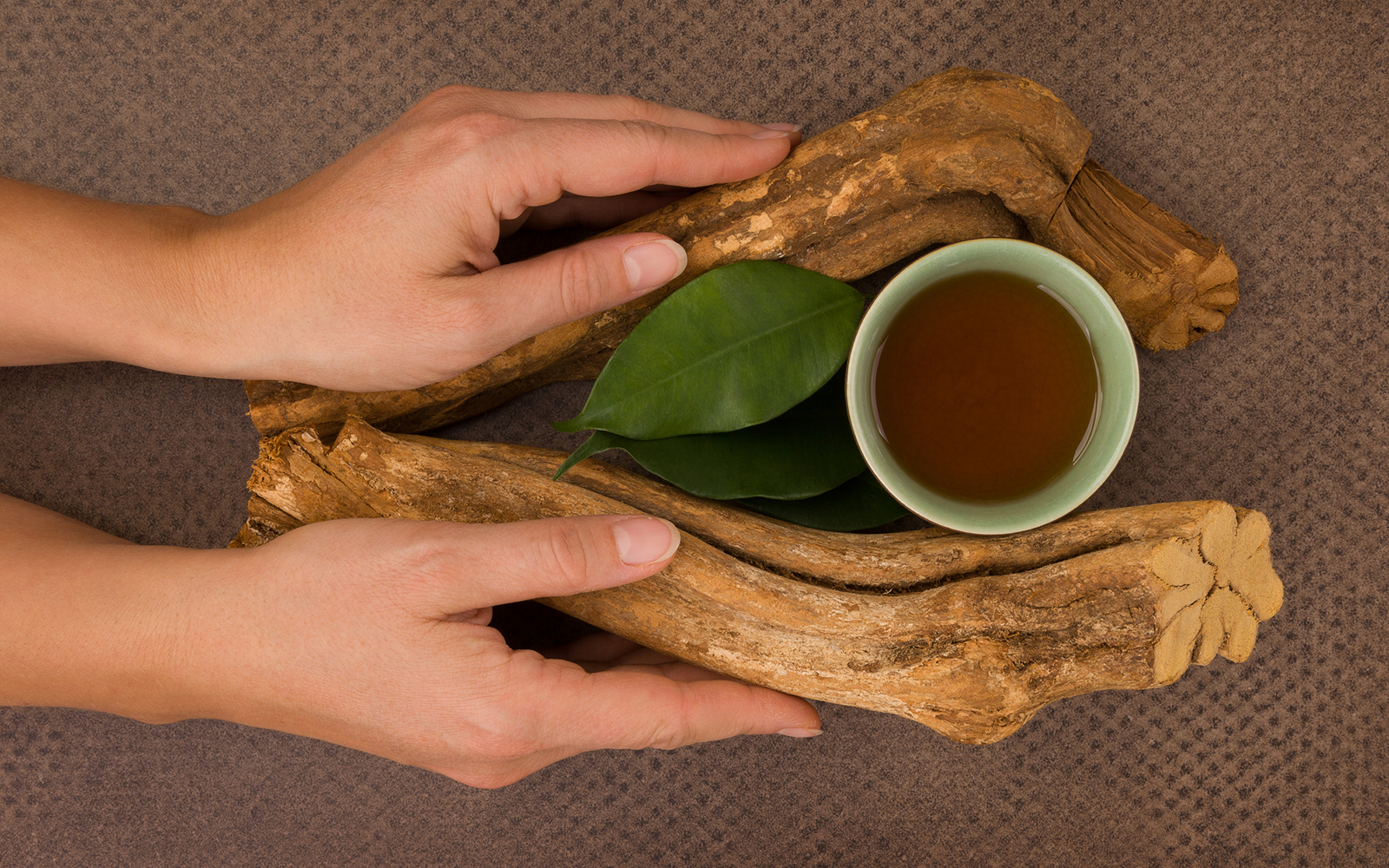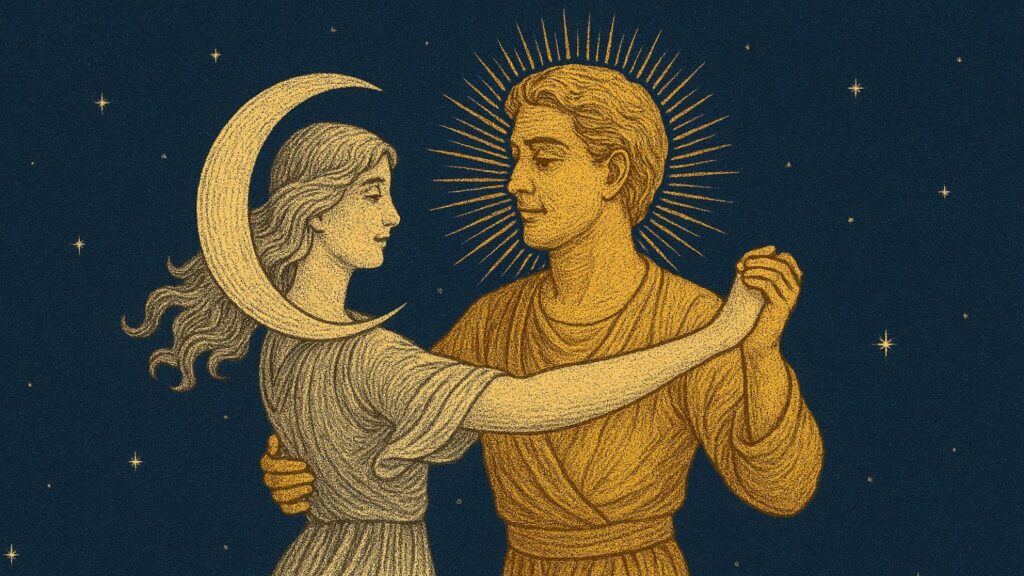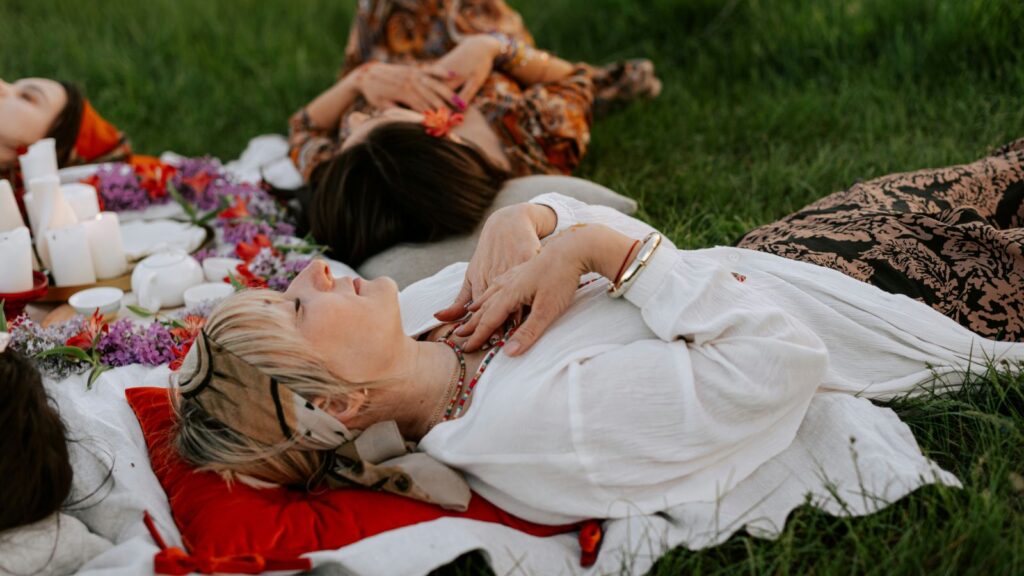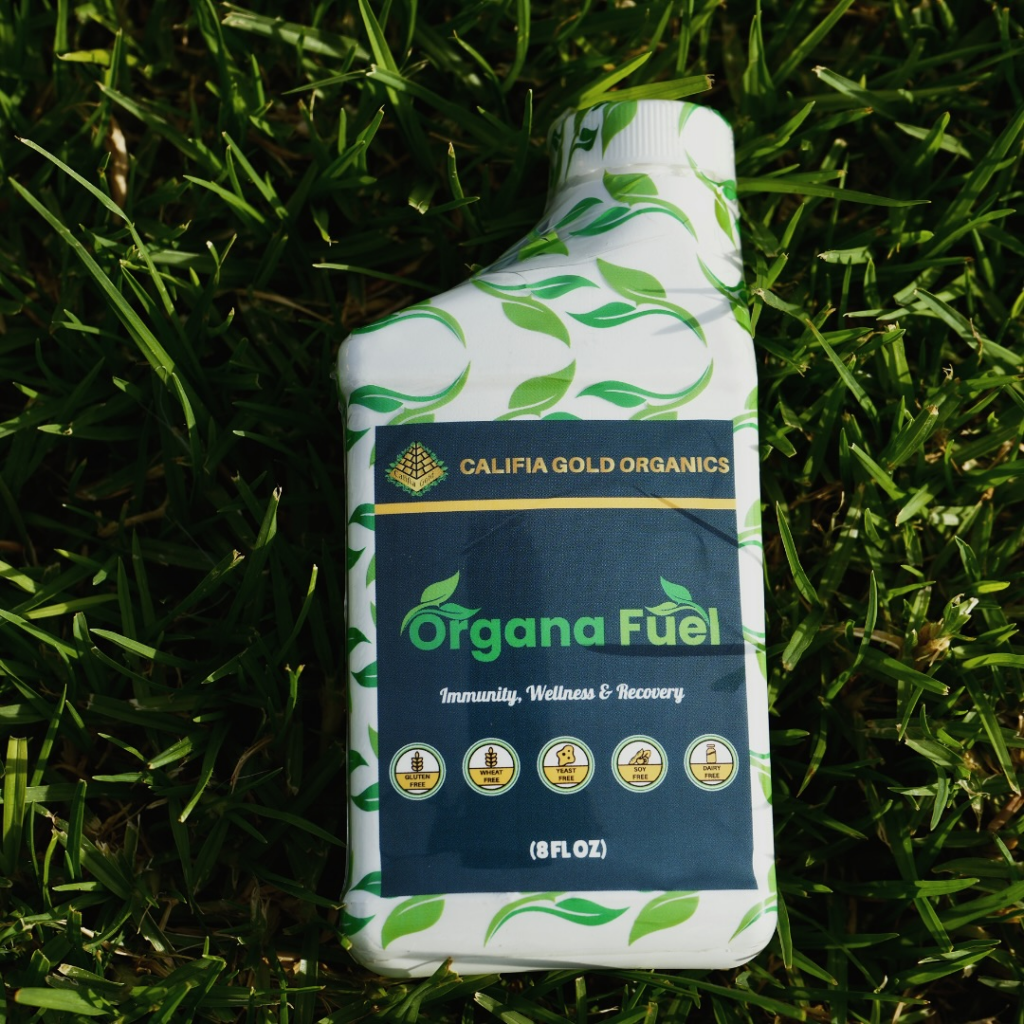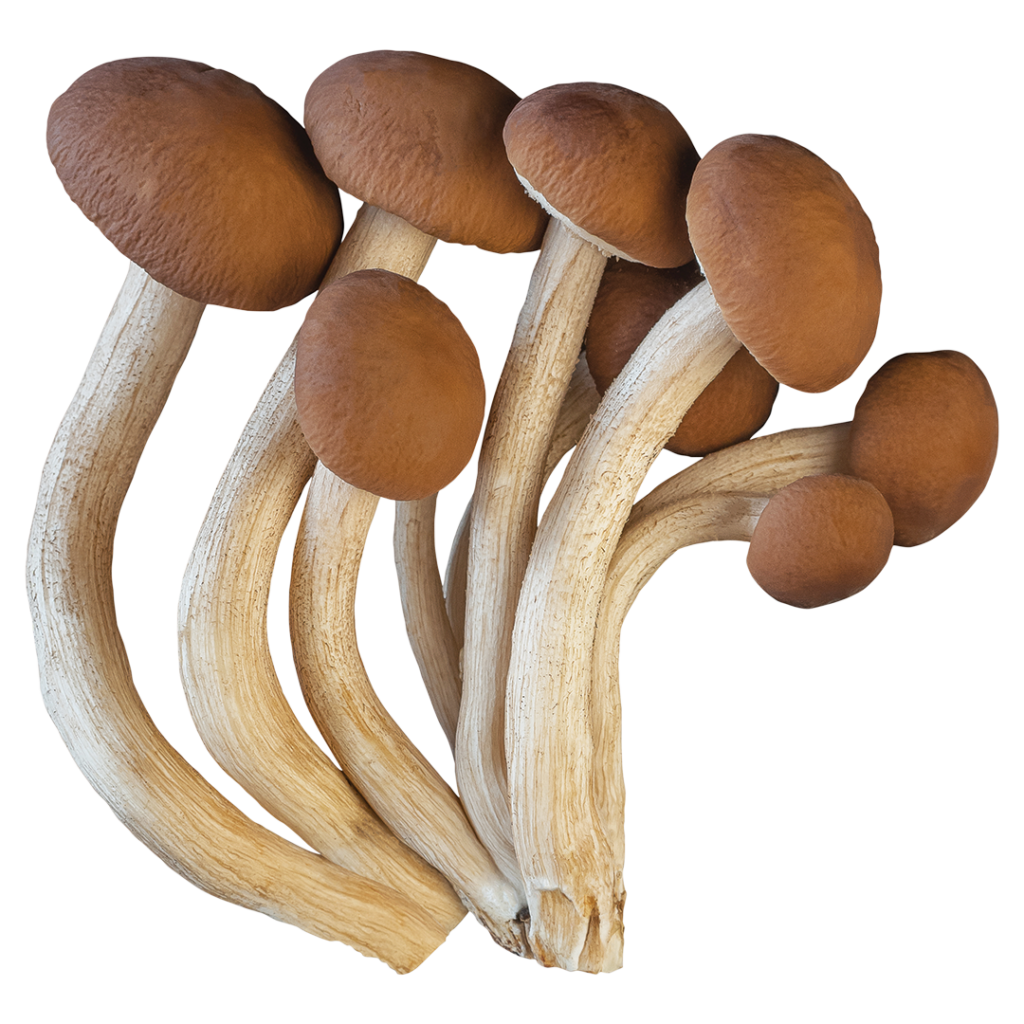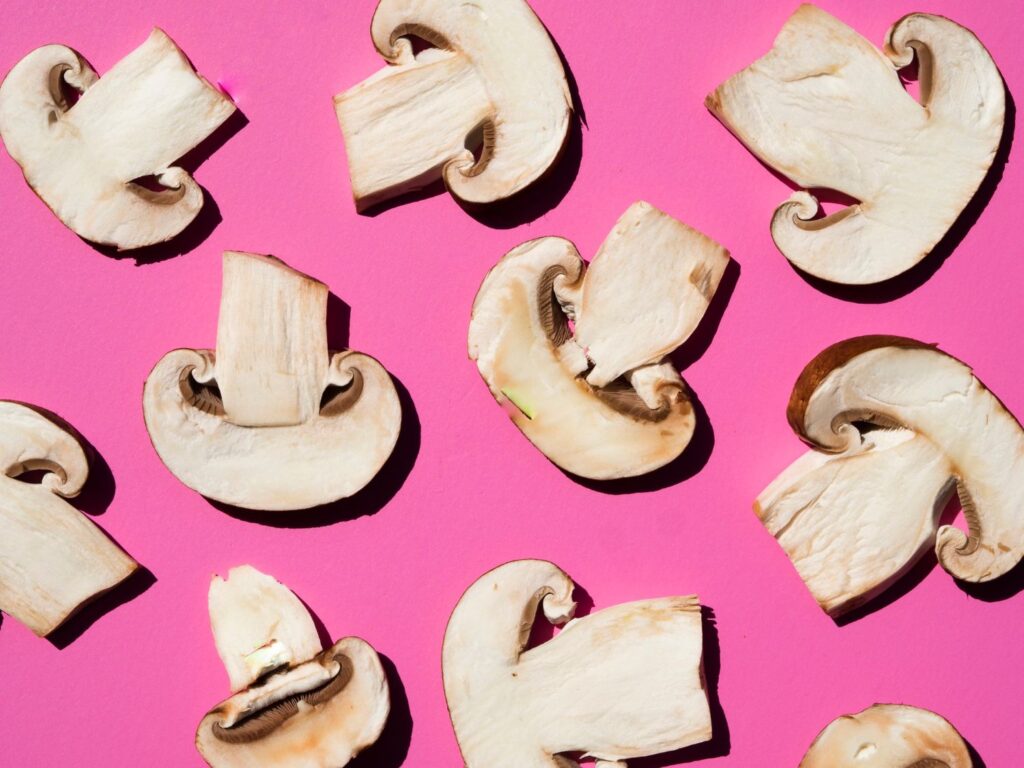Ayahuasca has affectionately come to be called “grandmother ayahuasca” or simply “mother.” While this is not a traditional part of Amazonian culture, Western people have started using it as a term of endearment for the plant. As a result, some indigenous-run retreats have picked up the vocabulary. The term has many roots, from the plant’s association with Mother Earth to the medicine’s effect on the user. Many people who take ayahuasca feel reborn. Birthing is connected to women and motherhood. So, it makes sense that the plant has taken on a feminine quality. The ayahuasca experience can feel healing, while also being difficult. Many people equate ayahuasca’s challenging yet nurturing nature to a mother’s love.
Women’s Roles in Ceremony
Indigenous
In traditional indigenous cultures, men have been the shamans and leaders of an ayahuasca ceremony. Many lineages such as the Quechua tradition have not allowed women to be shamans. However, traditions such as that of the Shipibo allow curanderas (women healers). Sitaramaya Sita, a plant wisdom practitioner who has spent time with the Shipibo tribe, points out that there is no “rule book to shamanism.” Thus, she says of shamanism and women as shamans, “it seems sometimes that you get a different answer depending on when you ask and who you ask. So it can be very elusive.”
A powerful curandera can be integral to the success of the ayahuasca experience. Women frequently assist in preparing the brew for ingestion, so their knowledge of the medicine is deep. According to Sita’s personal experience, women often assist the ayahuasquero to increase healing. Women can provide a support system for the shaman.
What I noticed with my maestro is that his mother was quite frequently present. She was a powerful curandera, but never on the front line. My sense is that the shaman gets some of his resources, power, and support from the woman that supports him. Behind the front line of the other realms, in a way she’s protected by him so she can continue to support him and the ceremony. In this way, that source, that protected connection, also amplifies the healing. There isn’t gender ego in it. It’s not an ego thing. It’s a pretty practical thing.
Present Day
Today, as the tribes enter wider society, the curanderos have become more traditional doctors. The women have taken up the role of the plant doctor. Sometimes an ayahuasca ceremony headed by a woman will work in conjunction with advice from the doctor of the tribe. As more people seek ayahuasca, cultural influences and growing demand continue to shape and change ayahuasca ceremonies and women’s roles in them.

Ayahuasca While Menstruating
There are many traditions in ayahuasca that do not allow women to join ceremonies during their menstruation. While this has sometimes been an easy excuse to exclude women from a circle, there can be practical reasons as well. Sita explains, “Blood is such a strong energy; it doesn’t always mix when drinking ayahuasca. The smell of blood can attract negative spirits and energies, and even animals that are on the prowl for blood.”
Menstruation can be a powerful time of cleansing and healing. As the female body expels the lining of the uterus, menstruation—depending on the individual—can mesh well with an ayahuasca ceremony. It also depends on your shaman and what tradition you are working in. There are many older shamans in certain traditions who still will not allow a menstruating woman. However, as Sita explains, ayahuasca traditions are not a stagnant thing. Many shamans have incorporated approaches to working with women who are menstruating, such as the use of tobacco smoke and other remedies for protection from energies.
Many retreats do not want to disappoint pasajeros, the term used in the Peruvian Amazon for those coming to ceremonies for healing, especially as ayahuasca becomes more sought-after. Thus, some have allowed women to participate in this stage of their cycle. Sita states, “I’ve watched over time as things have shifted and changed. Remedies have been developed and incorporated in different ways, learning how to work with these energies. Necessity is the mother of invention. Traditions began to see they were turning away customers who could have had some healing in the face of menstruating … they began to think, “Let’s see what we can do here. Let’s try.”
Menstruation—Final Thoughts
If you are menstruating before an intended ceremony, be sure to communicate this with your shaman or retreat facility. Also, take pause to consider how you feel about sitting while on your cycle. Additionally, if you have strong cramps, intense periods, or dislike blood, it might be something you want to schedule around for your ceremony.
Divine Healing
Divine healing is not a traditional indigenous term. But it has become the way many people talk about their experiences with ayahuasca. This mystical and almost godlike connection to the earth, themselves, and others helps them heal deep emotional wounds and recover from many traumas. Prajna Ginty is an ayahuasca apprentice who has been participating in and learning to facilitate healing for 20 years. Of ayahuasca’s healing she says, “You open the cosmology of the universe and feel how you are not separate from it.”
Eating Disorders
Ayahuasca has been shown to help people recover from many mental illnesses. Two studies, one conducted in 2017 and another in 2018, showed that an ayahuasca ceremony allowed people suffering from eating disorders to heal and have sustained reduction in the thoughts that lead to eating disorder behavior.
The ceremony allows users to confront the perceived root of the eating disorder, process the painful feelings, and emerge with more self-love and acceptance. In the studies, while there were some worries that the preparatory diet and purge during the ceremony could be triggering to people with an eating disorder, most subjects didn’t report any issues. But it is still important to keep in mind if a person with a history of eating disorders decides to pursue an ayahuasca ceremony.
Depression
Ayahuasca has also been shown to decrease antidepressant-resistant depression. In a placebo vs. ayahuasca study, researchers saw a significant decrease in self-reported depression in patients who had taken ayahuasca compared to the placebo. The remission was acute, and lasted for seven days after the ceremony. In a longitudinal study, researchers saw sustained decreases in depression for ayahuasca users.
Prajna has also seen ayahuasca do its work on postpartum depression. But she recommends, in accordance with some traditions, waiting until a mother has finished nursing before participating in a ceremony.
Sexual Abuse
While there haven’t been many academic studies on ayahuasca for sexual abuse victums, there are anecdotal reports of the medicine helping women get past sexual traumas in their past. Earlier this year, Forbes interviewed a woman, Amber Wick, about her healing experience in Costa Rica, and VICE produced a video on overcoming childhood abuse.
Prajna holds ayahuasca retreats specifically for women who are survivors of sexual trauma. She has seen the medicine heal many women. She has seen many women relive their traumas and face their fears in an empowered way, with the support of the plant and the guide, so as to resolve it.
“[Ayahuasca] will go into those darker suppressed places and bring in light and healing.”

All-Female Retreats
Sita believes women can benefit from female-only ceremonies. It is a choice you can make. There are retreats that cater specifically to an all-female experience. According to Sita, women may feel more comfortable and more open exclusively around other females. This can be especially true if a women has a torrid history with men in the form of emotional or sexual abuse. The same can be true of men: their experience may have a greater impact when they are surrounded by only other men.
“It’s good to have the community as a sounding board for the post-ceremony integration process. Sometimes women want the perspective of men and sometimes women want the company of other women.”
Awareness of Sexual Abuse During Ceremonies
Sexual abuse is one of the most common forms of abuse of power. Unfortunately, ayahuasca circles are no exception. This is partly due to romanticism about shamans as enlightened gurus. In addition, participants are in an extremely vulnerable state before, during, and even after an ayahuasca ceremony. It is also unjustly unfortunate that local men may view Western women as sexually promiscuous and tend to take advantage of that. The imbalance of power between a participant and the shaman is another reason why sexual assault in ayahuasca circles is common.
“All participants should be aware that no healing procedure before, during, or after the ceremony requires nudity or inappropriate touching—much less, sexual intercourse. You always have the right to refuse or leave any situation where you feel uncomfortable or unsafe,” says Erika Oblak, who spent several years learning from ayahuasca in Peru. Most importantly, there’s no consent. There can’t be consent in a state of altered consciousness.
Contributors
Prajna Ginty
Prajna Ginty, MA is a Medicine Woman, Hakomi Therapist, Meditation & Dharma Teacher, and author of the best-selling book Edge of Grace, A Fierce Awakening to Love. She offers a rare fusion of sacred plant medicine, non-dual healing teachings, trauma resolution, and somatic therapy to uncover who you are—your sacred purpose. She facilitates deep immersion retreats, sacred ceremony, integration circles, and meditation/dharma practices. Prajna’s work is trauma-informed by four decades of personal healing in curative vocations and non-dual wisdom traditions. In 2010 she began training extensively within a Shipibo ayahuasca lineage. Tobacquero Ernesto Garcia has blessed her healing work with plant medicine. Prajna lives at The Twin Sisters Sanctuary, a curative care home inspired by her twin daughters with disabilities. Find her at Awakeningprajna.com.
Erika Oblak
Economist, environmentalist, and author of The Time is Now: The Teachings of Ayahuasca, Oblak has spent several years in Peru, learning from ayahuasca, and completed a few dozen teacher plant dietas. She advocates for global equity in the distribution of natural resources, and the related issues of Indigenous communities. In her mind, the magic of visionary plants like ayahuasca resides in their teachings of deep ecological and healing knowledge.
Sitaramaya Sita
Sita is a PlantWisdom Practitioner trained in the Shipibo tradition. She conducts innovative healing journeys around the world and is the organizer and founder of the Convergence conferences and founder of PlantTeachers. Sita has appeared as a guest speaker at various events in Los Angeles and worldwide, including the Ayahuasca Monologues and the Aya Awakenings film premiere. She has also presented and collaborated at the World Ayahuasca Conferences in Brazil (Rio Branco) and Spain (Ibiza and Girona). She appears in the forthcoming film, The Song That Calls You Home. Sita will also be speaking at the upcoming Psychedelic Wellness Summit, MeetDelic, in Los Angeles from May 1–2, 2021.
